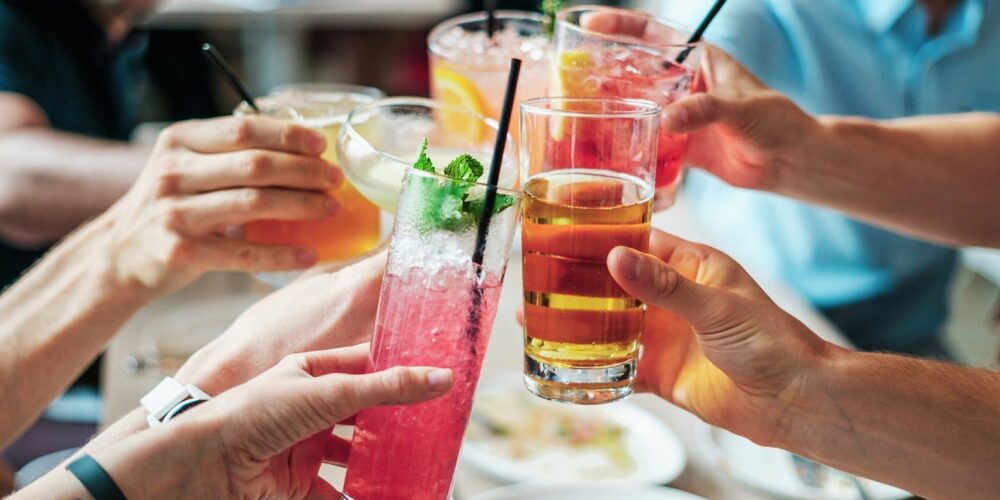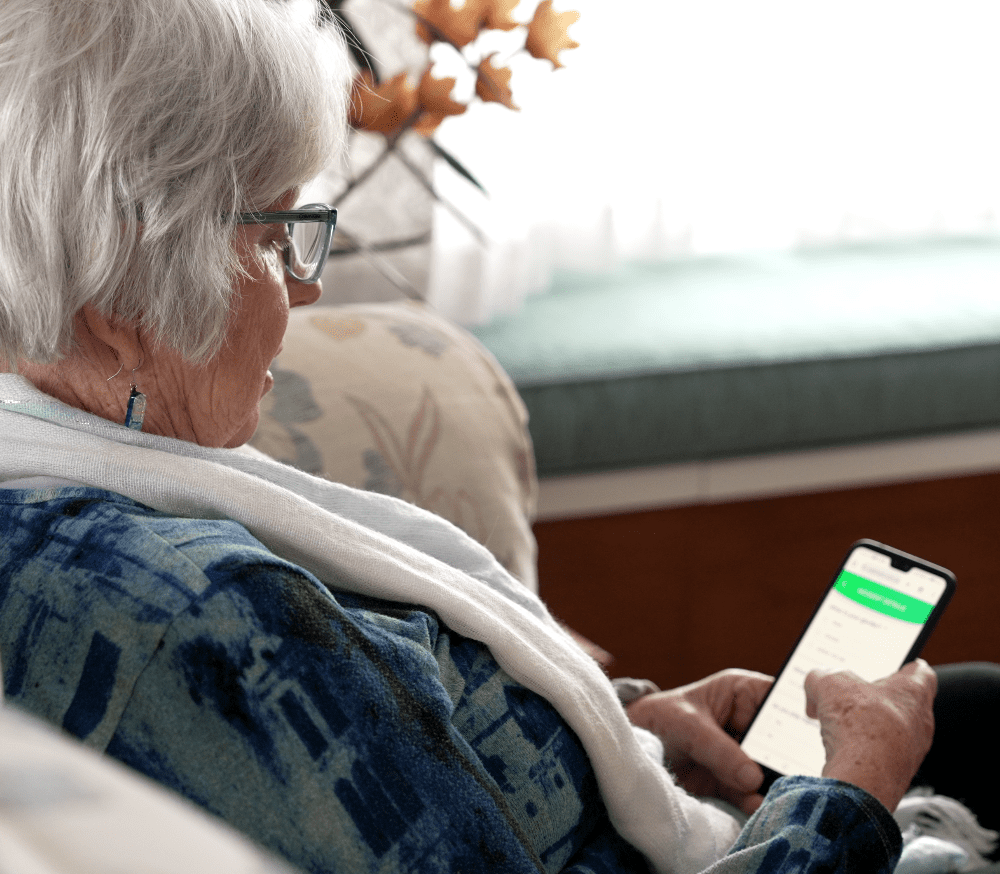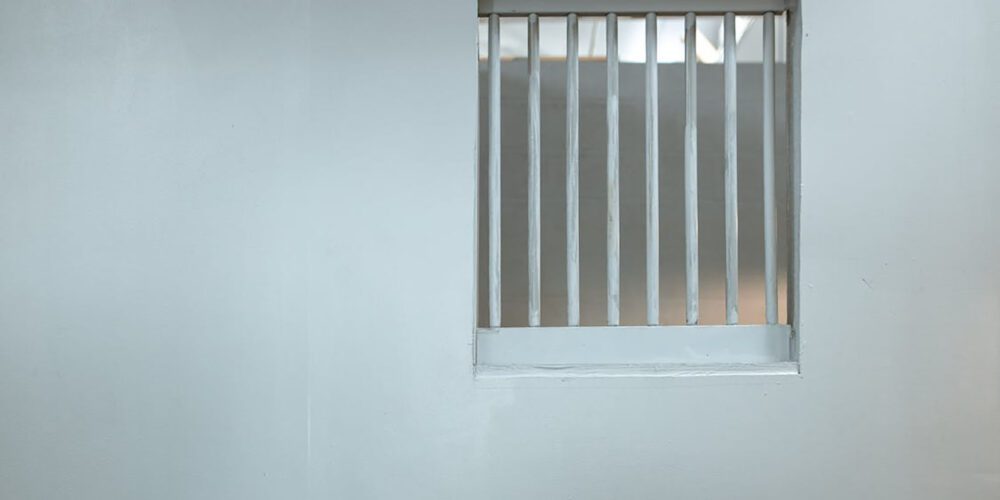New report exposes ‘pink and pretty’ alcohol marketing tactics to women

A new report has uncovered the tactics the alcohol industry is using to make their products more appealing to women and calls on the Australian Government to introduce stronger controls on alcohol marketing, independent of the alcohol industry.
The report, The Instagrammability of Pink Drinks: How alcohol is marketed to women in Australia, was produced by the Alcohol Programs Team at the Public Health Advocacy Institute of WA (PHAIWA) based at Curtin University, and Cancer Council WA.
Julia Stafford, research fellow at PHAIWA, said the report exposed how the development of alcohol products designed and promoted specifically for the female market allowed alcohol companies to attract new consumers and increase their profits.
“To identify the industry tactics used to market alcohol to women in Australia, we searched 12 months’ worth of industry trade publications for references such as ‘female’, ‘woman’, ‘pink’, and ‘rosé’. The Instagram and Facebook accounts of alcohol brands were then searched for examples of alcohol marketing that appeared to be aimed at women,” Ms Stafford said.
“We found that the ‘pink drink’ trend is in full swing among alcohol brands on Facebook and Instagram, which is of great concern. Everything from rosé, gin and vodka is pink, pretty and palatable, and in many instances the alcohol industry is using influencers to link the alcohol products to fashion, make-up and lifestyle.
“The younger population is becoming more health conscious, particularly women, and this has allowed the alcohol industry to market products that are low in calories, alcohol, sugar and carbs. These marketing tactics are appealing to young women, and in turn attracting new consumers and boosting the profits of the alcohol industry.”
Ms Stafford said given that the gap between men and women’s alcohol use was reducing, stronger restrictions on marketing targeted at young women as part of a comprehensive approach are warranted.
“A concern that we have is alcohol use during pregnancy, including in the time before the woman is aware she is pregnant. Fetal Alcohol Spectrum Disorder is a preventable but incurable condition caused by the baby’s exposure to alcohol in the womb,” Ms Stafford said.
“Our report may be of interest to policy makers and health and government representatives who play important roles in reducing alcohol-related harm across the nation.”
Cancer Council WA’s Director of Cancer Prevention and Research and co-author of the report, Melissa Ledger, said Cancer Council WA was particularly concerned about the tactics exposed in this report, given the link between alcohol and breast cancer.
“The link between alcohol and breast cancer is convincing; it is estimated that alcohol consumption causes between five percent and 11 percent of all breast cancer incidences,” Ms Ledger said.
“Thirty per cent of Australian women consume alcohol at levels that place them at risk of short term harm and one in 11 women consume more than two standard drinks per day on average, increasing the risk of alcohol-related harm over their lifetime.
“Given the significant body of evidence that highlights how the current regulations fail to adequately regulate alcohol marketing in Australia, this report confirms the urgent need for independent controls on alcohol marketing to be introduced.”
A call to restrict alcohol advertising and promotion that appeals to young people is in-line with Cancer Council Australia’s National Cancer Prevention Policy.



